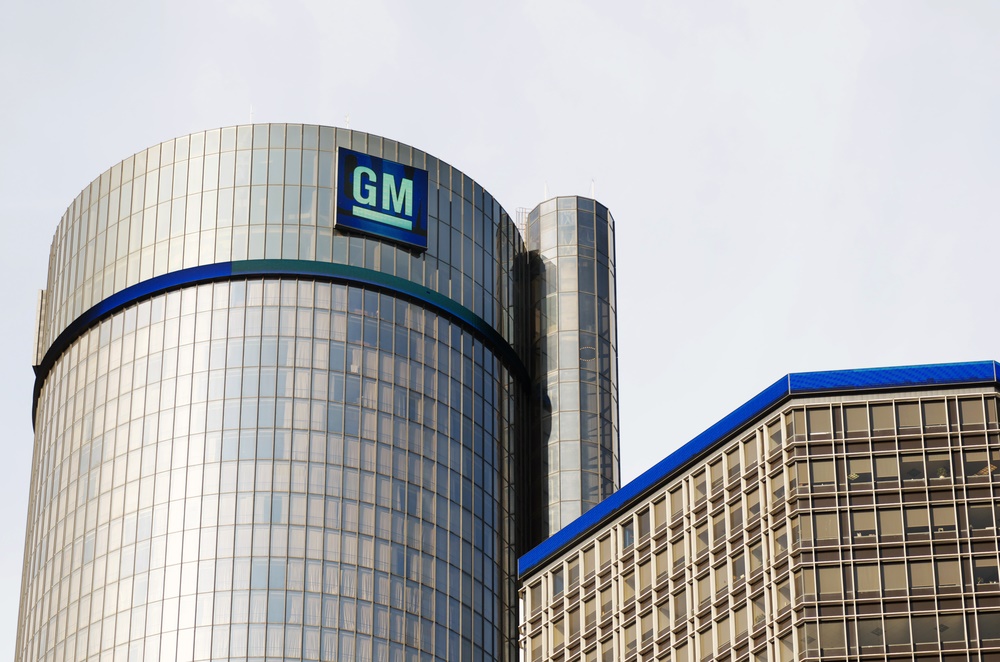The “search for yield” by global investors started with the Federal Reserve’s decision to lower the fed funds rate to near 0% in December 2008; income investors then grew more desperate when the European Central Bank (ECB) lowered its policy rate by 150 bps in the 1st quarter of 2009, to just 0.5% by March 2009.
Subsequent “quantitative easing” policies by the world’s major central banks have served to further shrink the supply of high-quality bonds and lowering interest rates on the long-end of the global yield curve. This shrinkage in supply has forced income investors further out the risk curve, e.g. high-yielding U.S. MLPs attracted over $100 billion in investors’ capital several years leading into 2015, before losing around 25% of their value last year.
As I write, the U.S. ten-year yield sits at around 1.6%, the German 10-year at -0.1%, and the Swiss 10-year at -0.5%. In two articles last year (see “Tanger (SKT): A Bargain For Income Investors” and “Income Investors: Look At LaSalle Hotel Properties Now!”), I discussed where to find both income and pockets of value in the U.S. REIT market. With the elevation of U.S. REITs to become one of the S&P’s 11 headline-level sectors on September 16, and with the Fed still reluctant to raise rates, I expect U.S. REITs to continue its outperformance. That said—despite the all-time highs in U.S. stocks—there are still certain high-dividend-paying stocks that offer both income and value opportunities. In particular, I like General Motors (GM) due to: 1) GM has demonstrated impressive earnings growth since it went public in 2010, while retaining earnings growth potential, 2) since its restructuring during the 2007-09 global financial crisis, GM has transformed its operational efficiency to rival that of Toyota and Honda, and 3) the relatively secure dividend yield of 4.7%, along with an undervalued stock price.
GM has a market value of $49.7 billion and a dividend yield of 4.7%. I find GM to be a compelling value-oriented income play for three reasons.
- 1. Steady and impressive earnings growth since the company’s restructuring, while retaining long-term earnings growth potential
Since going public again in 2010, GM has grown both its top and bottom line, despite a tepid global economic recovery and increasing competition from both Korean and Chinese automakers (although Chinese automakers only compete in GM’s Chinese market). From year-end 2010 to year-end 2016, GM’s revenues are projected to grow from $135.6 billion to $150.0 billion, or about 11%. More importantly, GM’s EPS is projected to grow from $2.89 to around $6.00 a share over the same time period, or a 108% increase.
GM’s recent strong performance has been underpinned by strong U.S. truck sales, a 7% year-over-year increase in European auto sales, and strong luxury brand and SUV sales in China. The combination of strong profits in North America & China—along with the company’s first profitable quarter (Q2 2016) in Europe since Q2 2011—has propelled GM to a record ROIC of 30.5% in the 12 months ending June 30, 2016.
Make no mistake: GM is currently running on all cylinders, driven by the popularity of its truck and SUV line-up (due to low gasoline prices), a rising Chinese consumer, and an uptick in European consumer spending. I expect its current-cycle EPS to peak this year at $6.00 a share, and for a marginal decline in 2017. Despite this, as I will mention below—even if a material slowdown in global auto sales occurs—GM’s management has committed to maintaining the current dividend (its payout ratio is around 50%), while its current valuation will allow GM shareholders to fully participate in the benefits of future global auto sales growth.
- 2. GM’s operating efficiency is now world-class
The “old GM” incurred about $16 billion in annual U.S. labor costs. This crushing burden led to a deal spiral beginning in 2006 as U.S. auto sales slowed down. Back then, GM had to produce more cars going into the spike in gasoline prices and subsequent recession in order to cover its high labor costs. Today’s GM only incurs $5 billion in annual U.S. labor costs. As such, today’s GM is more flexible and could adjust its production accordingly in the next slowdown. Management believes the firm will still make a profit even if U.S. auto sales decline back to its 2009-level of 11 million units (which was the lowest since 1982). Today, U.S. annual auto sales is pacing at around 17 million units.
Finally, GM is on track to achieve a further $5.5 billion in annual cost efficiencies by 2018 relative to its 2014 baseline, as the firm moves nearly all of its production to common global platforms and utilize less raw materials. Much of these savings will go towards engineering and technology investments (e.g. autonomous driving technologies).
- 3. GM’s valuations are attractive
Despite record-high profits and ongoing stock buybacks, GM’s stock price today is around 20% lower than its January 2011 and December 2013 peaks. GM is trading at a 12-month forward P/E ratio of 5.5, which is nearly 60% below its 12.8 five-year average multiple from 2011-2015. I expect GM’s 2017 EPS to be around $5.50 a share. For my valuation, however, I am assuming a conservative “mid-cycle” EPS of just $4.00 a share. Applying a conservative P/E of 10 to my mid-cycle EPS, I get a 12-month target of $40 a share, equivalent to a 26% gain in GM’s stock price.
Disclosure: Neither I nor does my firm, CB Capital Partners hold any shares in GM.
Henry To, CFA, CAIA, FRM is Partner & Chief Investment Officer at CB Capital Partners. Established in 2001, CB Capital Partners is a global financial advisory and investment firm headquartered in Newport Beach, California, with an office in Dallas, Texas, Shanghai, China and an affiliate office in Mumbai, India. Visit http://www.cbcapital.com and http://www.cbcapitalresearch.com for more information.




